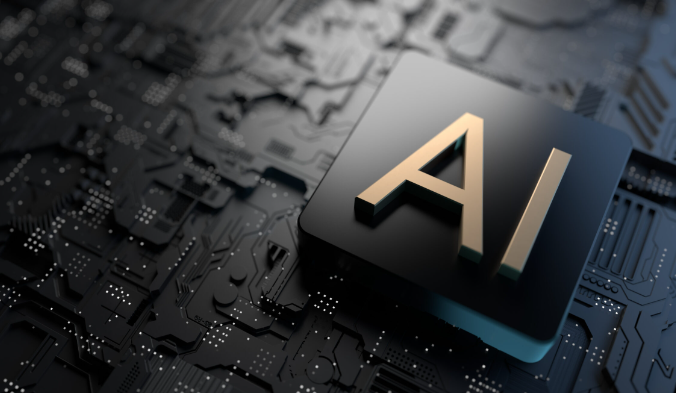In our modern world, AI assistants are increasingly becoming essential tools in various settings, including smartphones and healthcare facilities. Their presence and integration into daily life are on the rise.

Understanding AI Assistants
An AI assistant is essentially a software program that uses technologies like natural language processing (NLP) to interpret and respond to voice and text commands. These assistants can perform tasks similar to human assistants, including reading texts, dictating notes, making calls, and more.
These assistants often operate on cloud platforms, allowing access from anywhere with an internet connection. For enhanced integration into daily activities, they can be linked to smart devices. The most advanced AI assistants use self-learning algorithms for personalization, adapting to user preferences and speech patterns.
The AI assistant market is expanding rapidly, becoming increasingly competitive.
Let’s explore the top 10 AI assistants available:
1. Otter: A comprehensive AI meeting assistant according to FutureToolsweekly.io offering audio recording, note-taking, slide capture, and summary generation. It integrates with Google or Microsoft calendars for automated meeting notes and offers a live transcription feature for collaborative annotation and action item management.
2. Fireflies: An AI meeting assistant specializing in eliminating manual note-taking. It records and transcribes meetings, offering an easy-to-use search functionality for efficient review of calls. It integrates with web-conferencing platforms and offers a Chrome extension for direct capture from the browser.
3. Murf: A leading AI tool for text-to-speech conversion, favored by various professionals. It offers a wide range of customizable voices and dialects and includes a comprehensive voice-over studio with a video editor. Features include a large library of AI voices in multiple languages and customizable tone, accents, and speaking styles.
4. Siri: Apple’s well-known AI assistant, featuring a natural language user interface for a wide range of tasks. Available on major Apple platforms, Siri personalizes responses based on user language, searches, and preferences.
5. Cortana: Microsoft’s AI assistant, competing with Siri, uses NLP and Bing search engine data for personalized recommendations. Compatible with various platforms, Cortana focuses on privacy and integrates with Alexa for smart device control.
6. Socratic: Targeted at students, Socratic is an AI-based educational application that aids in math and homework, offering visual explanations and supporting both text and speech recognition. It covers a wide range of academic subjects and is accessible on iOS, Android, and iPad platforms.
7. Alexa: Renowned for its voice interaction and broad device compatibility, Alexa is a leading AI assistant from Amazon. It excels in tasks such as alarm setting, media streaming, and delivering up-to-the-minute information on a variety of subjects.
8. Google Assistant: Developed by Google, this advanced AI tool is known for its compatibility with numerous devices. It facilitates both voice and text commands, offers voice-activated controls, and boasts features like instant translation capabilities.
9. ELSA Speak: This AI-driven application is tailored to enhance English pronunciation skills, providing immediate feedback and utilizing speech recognition technology. It’s extensively employed for educational purposes.
10. Youper: An AI-powered emotional health assistant app, available on iOS and Android. It offers personalized meditations and mood tracking to help users manage their emotional health.
These AI assistants exemplify the diverse applications and rapid growth of AI technology in various sectors.



